I’m back from the West Coast, and have quite a few photos to go through. I will post soon, with all of the best photos and stories from the first week.
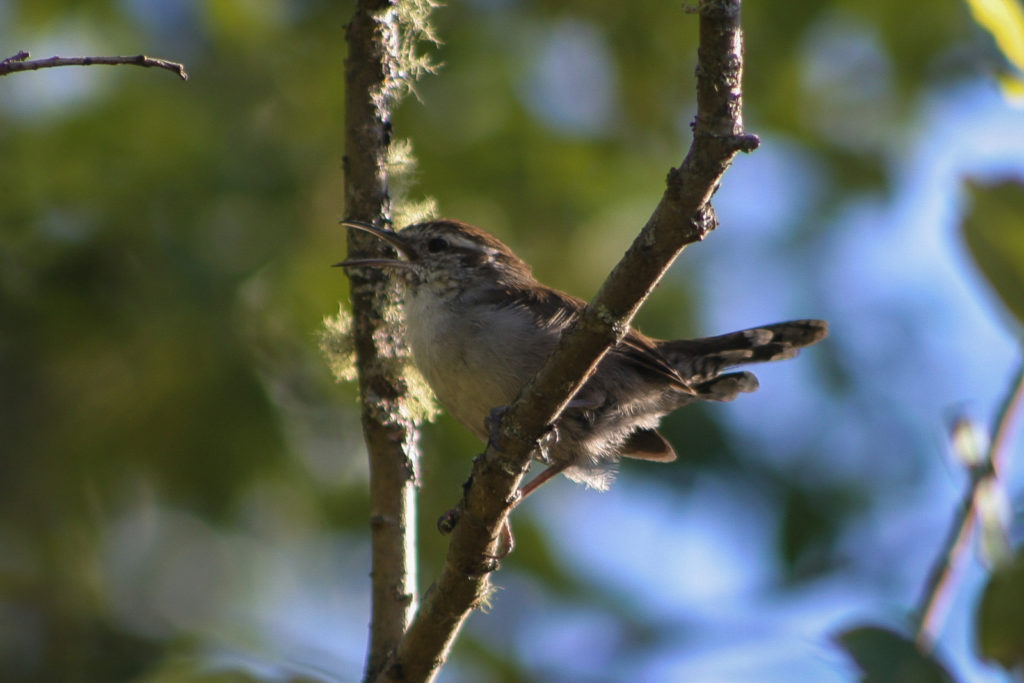
Exploring the Natural World
We were going out to Drumheller for the Saturday. I knew what this meant. No more than fifteen minutes out of our way was Langdon Corner Slough. I had been preparing all week – for what? For the first time ever, an Arctic Tern was nesting in Alberta, and we were going to see it.
I know Langdon Corner Slough pretty well, and I knew that the tern was nesting on an island a good distance out, too far for our cameras too do much good. That was why I had my Uncle’s gleaming fixed 400 ml. lens beside me with two extenders. The extenders would slow down the shutter speed by a stop or two depending on which one we used, but it would give us the extra distance I needed to get a half-decent shot.
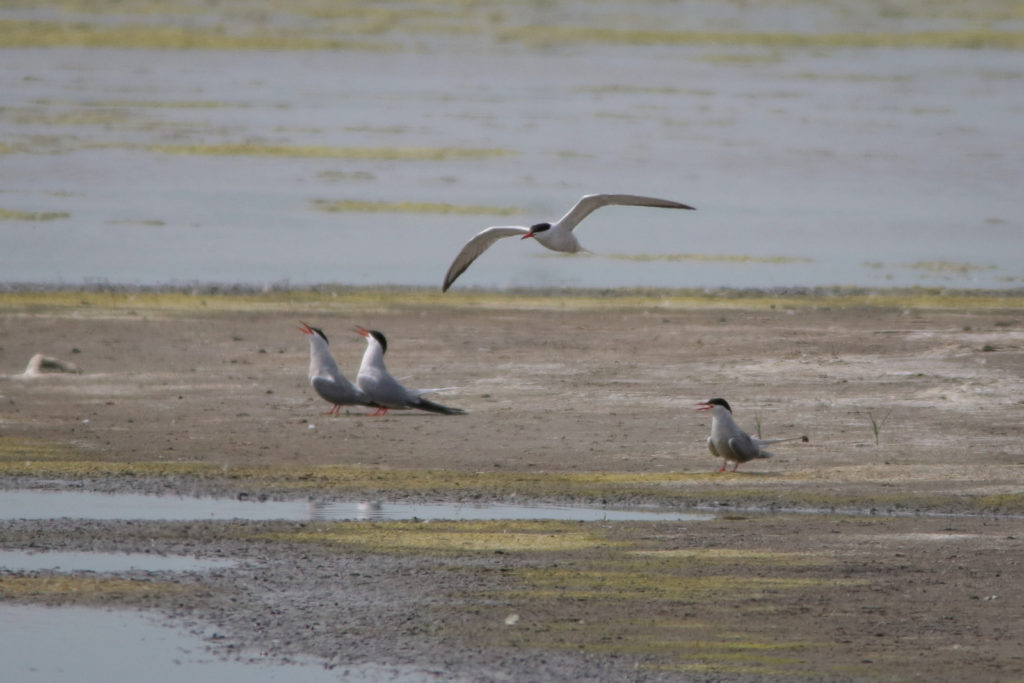
I found it almost immediatly, but could not get a good photo because of the distance and heavy camera. Through my scope, we found also the two hybrid Common/Arctic immatures, but they were hidden by the long grass. Here is a Common feeding its baby (not a hybrid).
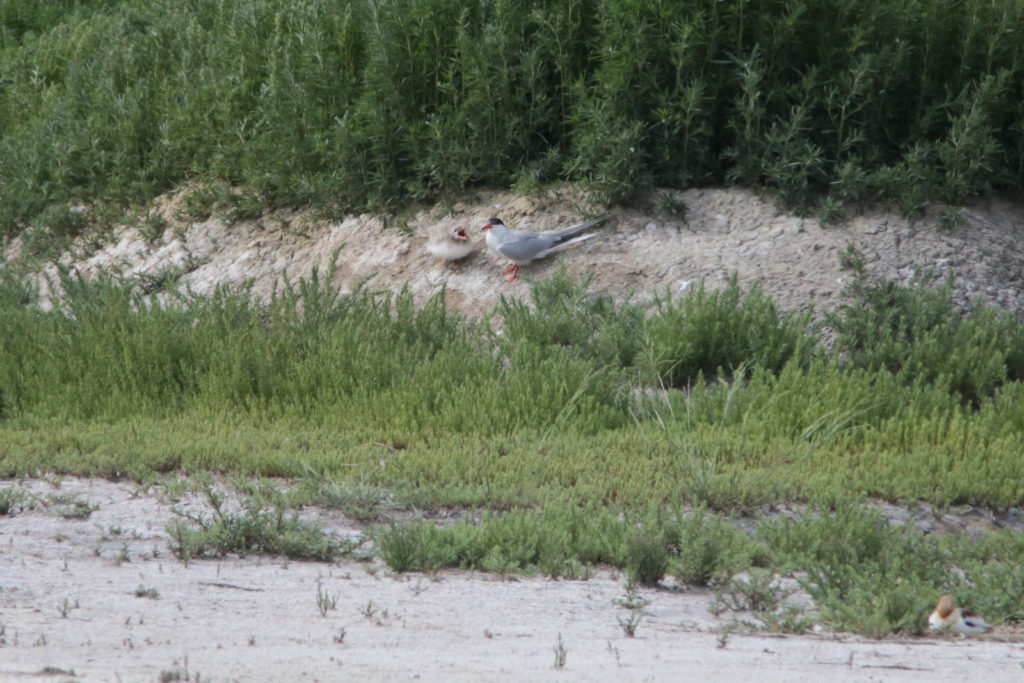
The terns were active quite a bit, and the one time that the Arctic flew and I caught it, it was out of focus. Here is the shot. The Arctic is in the bottom left corner.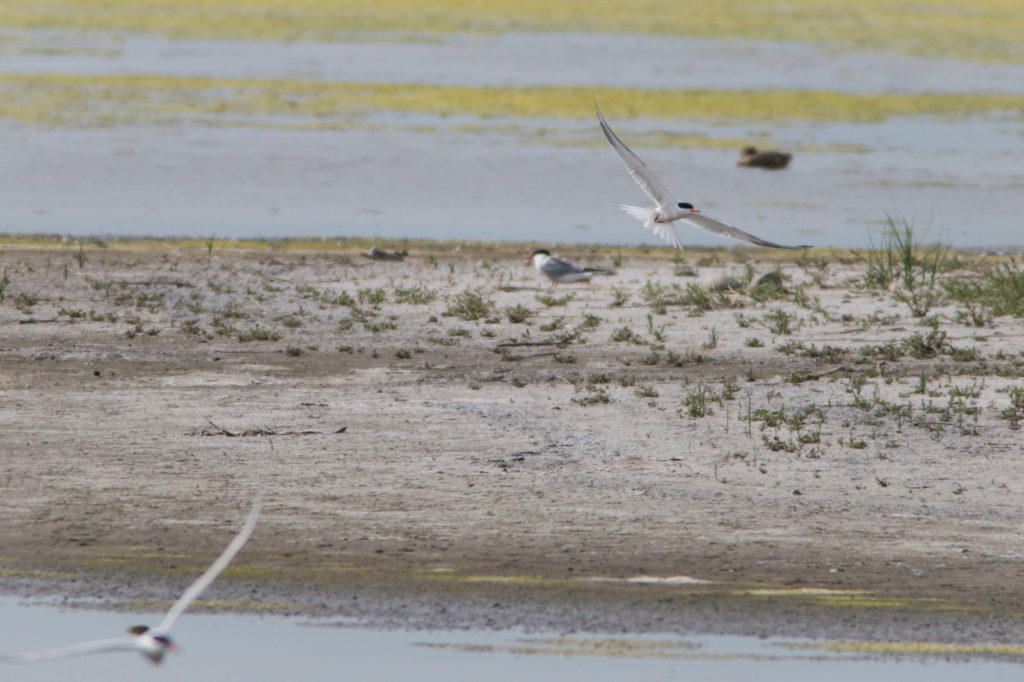 In one corner of the Slough, we saw a large number of Marbled Godwit. I haven’t really looked for one, so if anyone sees a Hudsonian in there, please let me know.
In one corner of the Slough, we saw a large number of Marbled Godwit. I haven’t really looked for one, so if anyone sees a Hudsonian in there, please let me know.
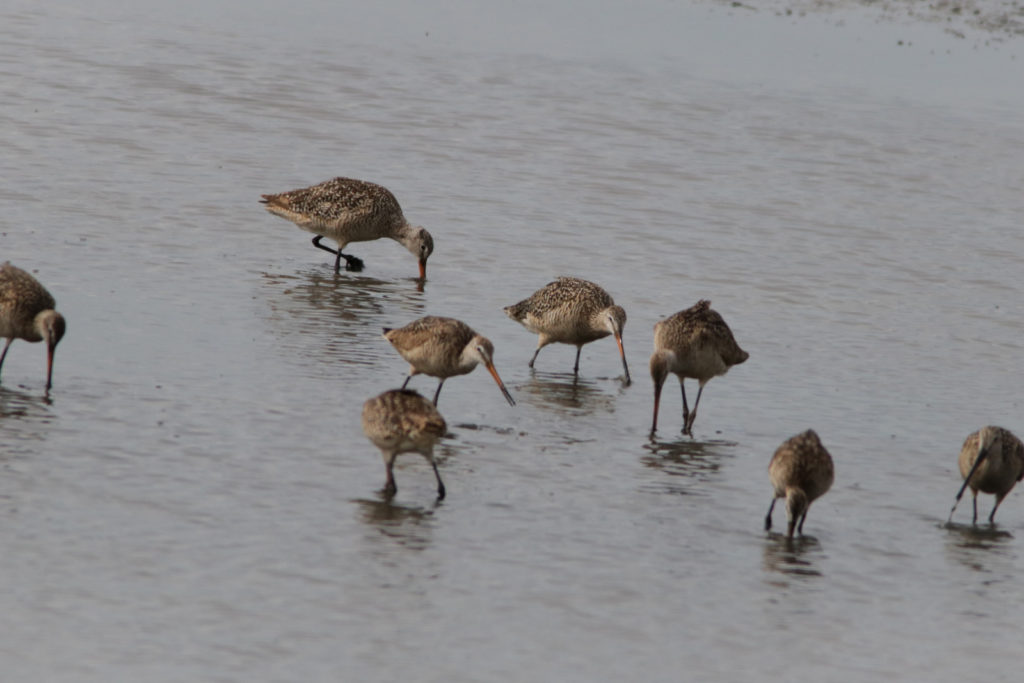
That was it for Langdon, but there will always be Upland Sandpipers on the way out East.
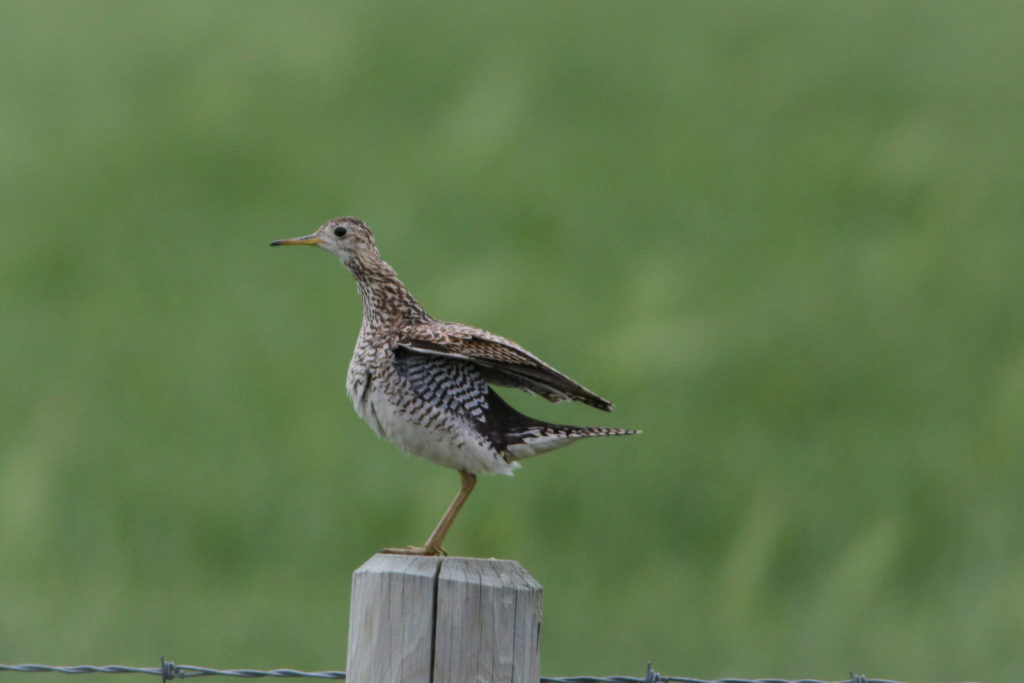
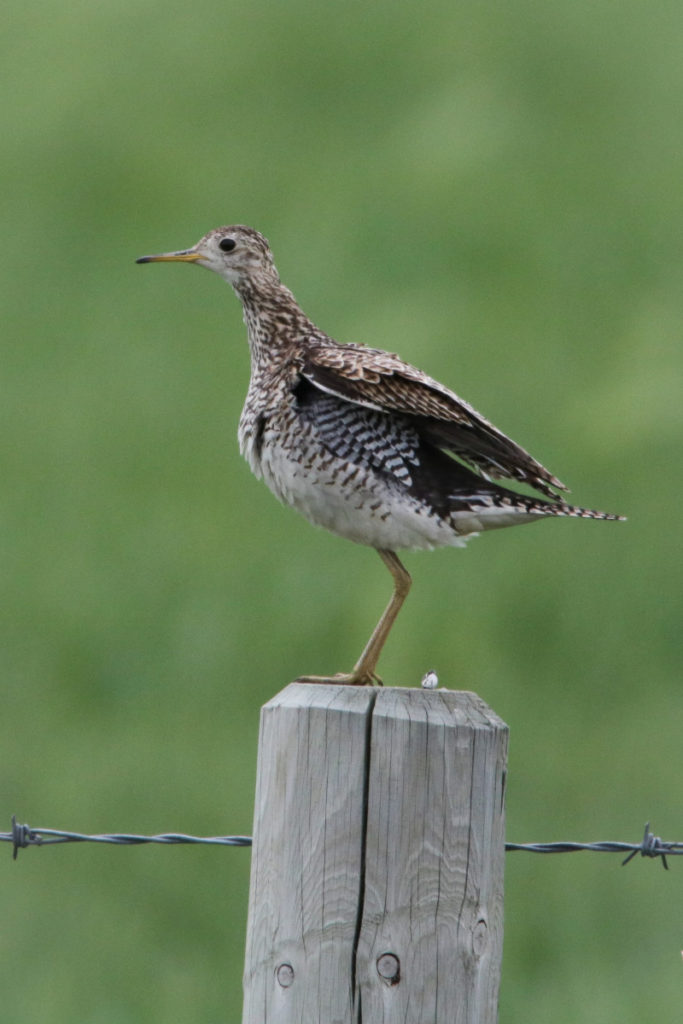
I also got a nice photo of the all too common White-crowned Sparrow. If your ebird checklist doesn’t have one here, you’re cheating.
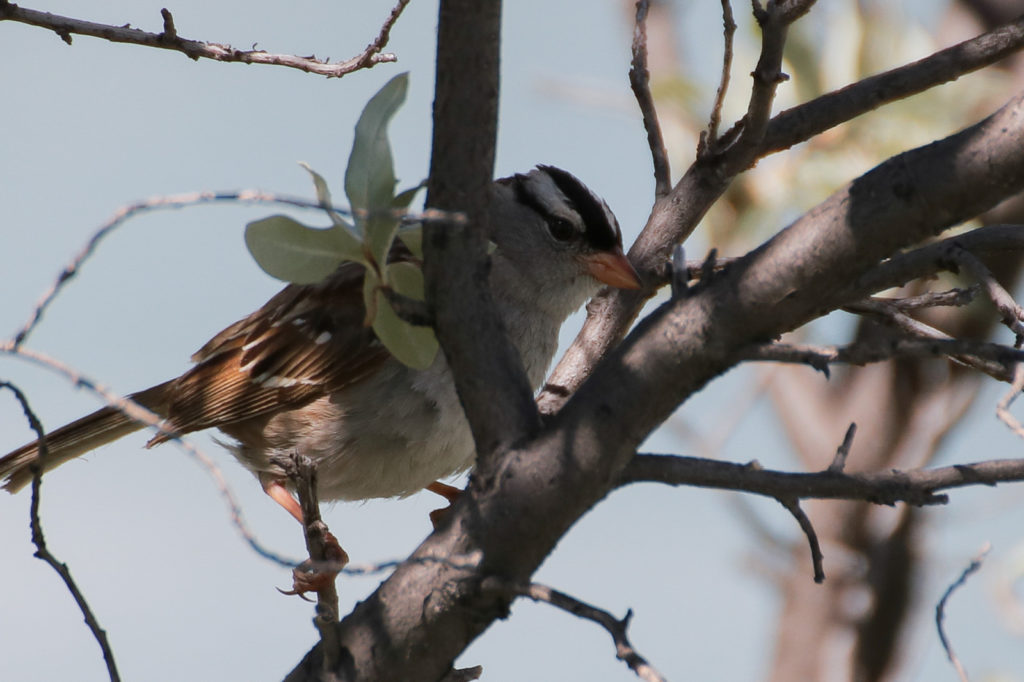
And that’s it! I will post again soon.
This post is for the photos, so I’ll keep the words short. All of the photos after a certain header are from that place/event, and they are the best that I took there. Enjoy!
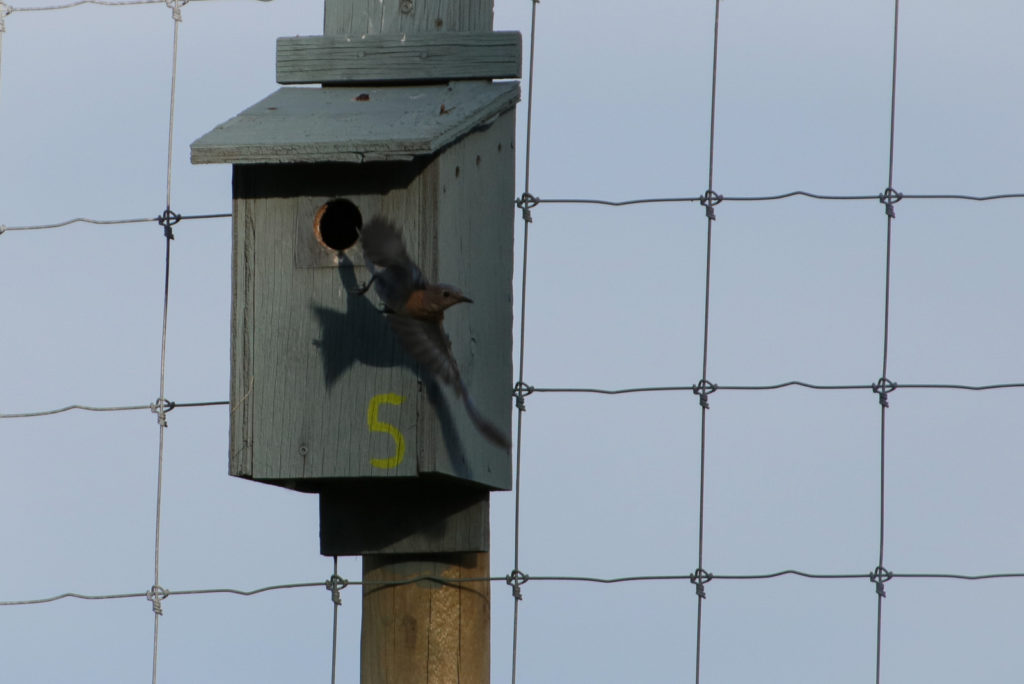
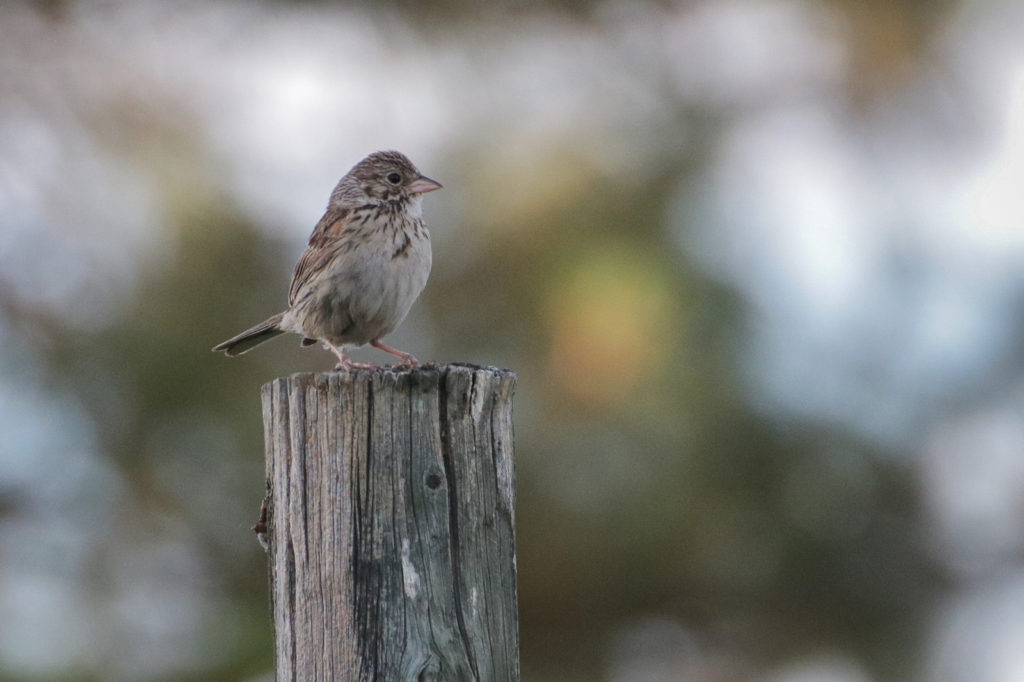
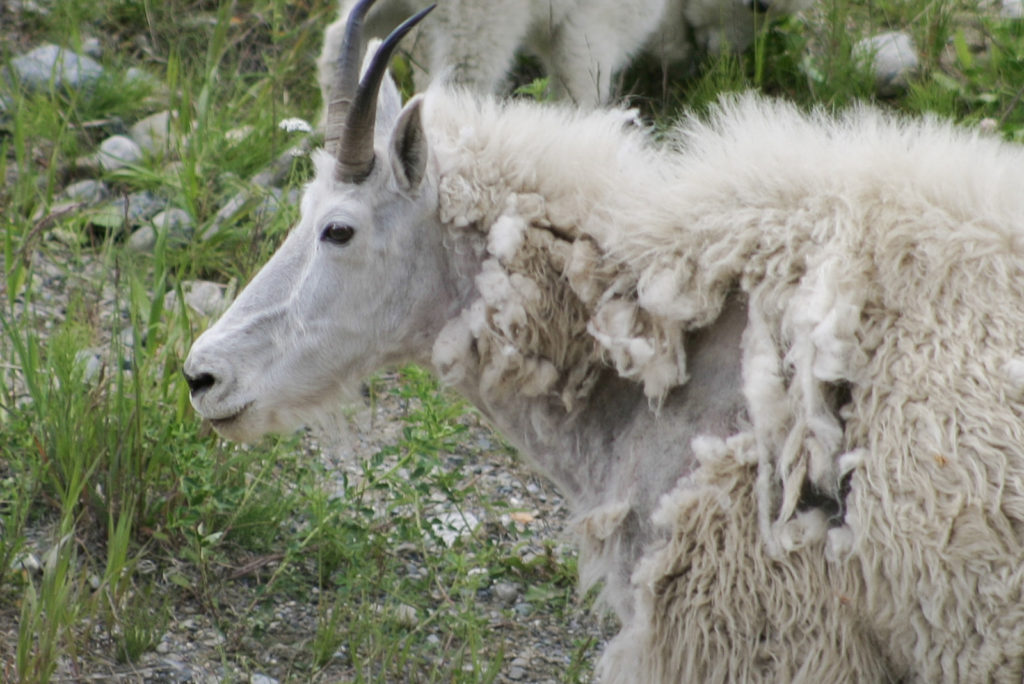
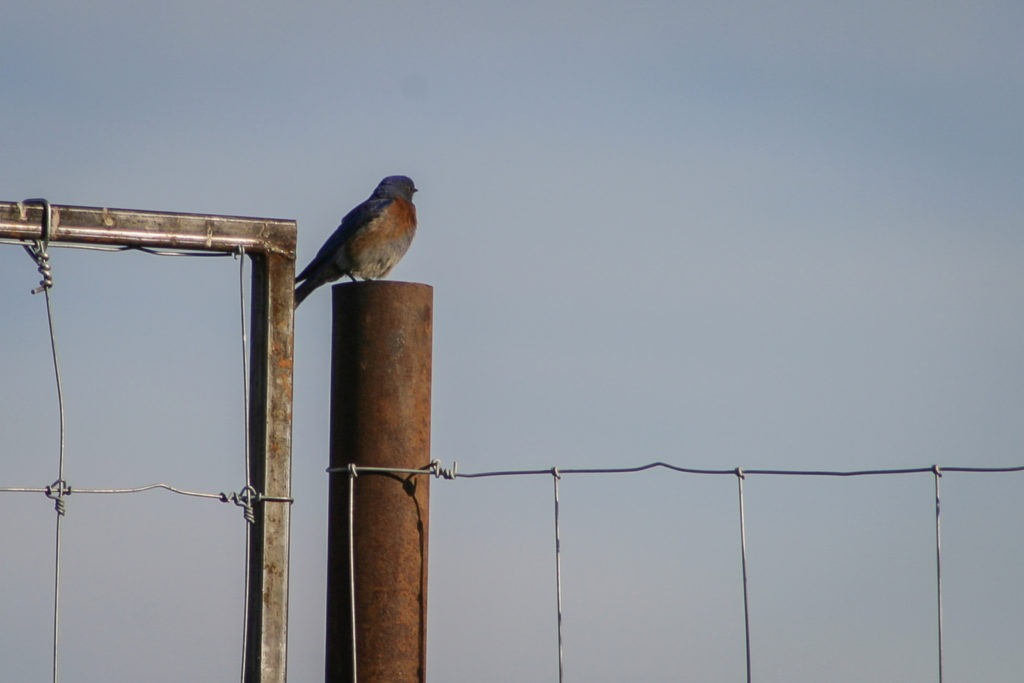
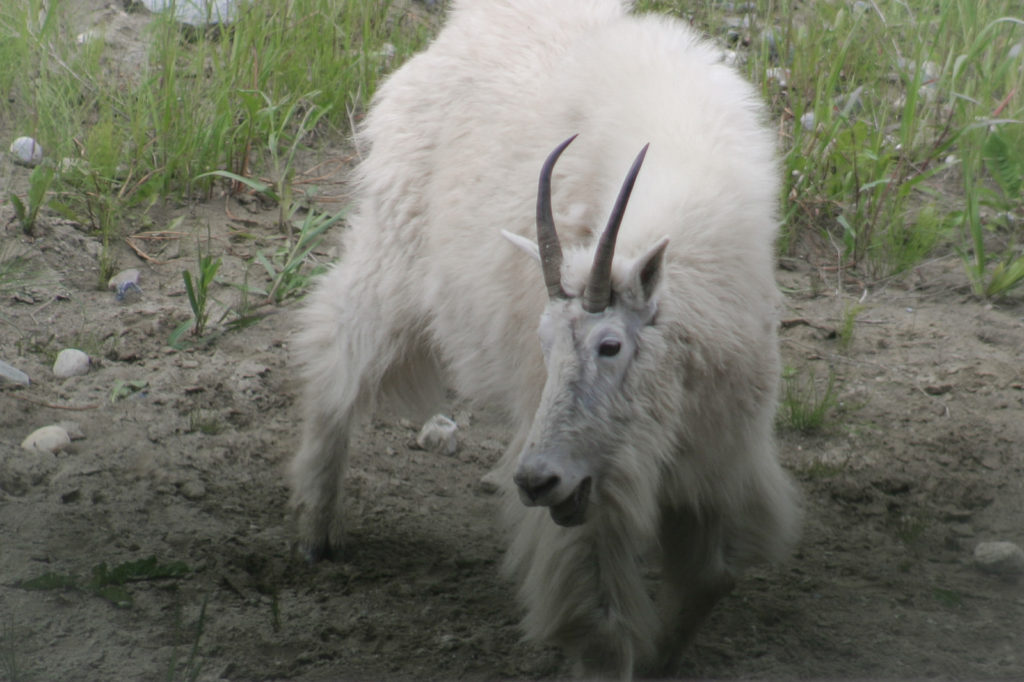
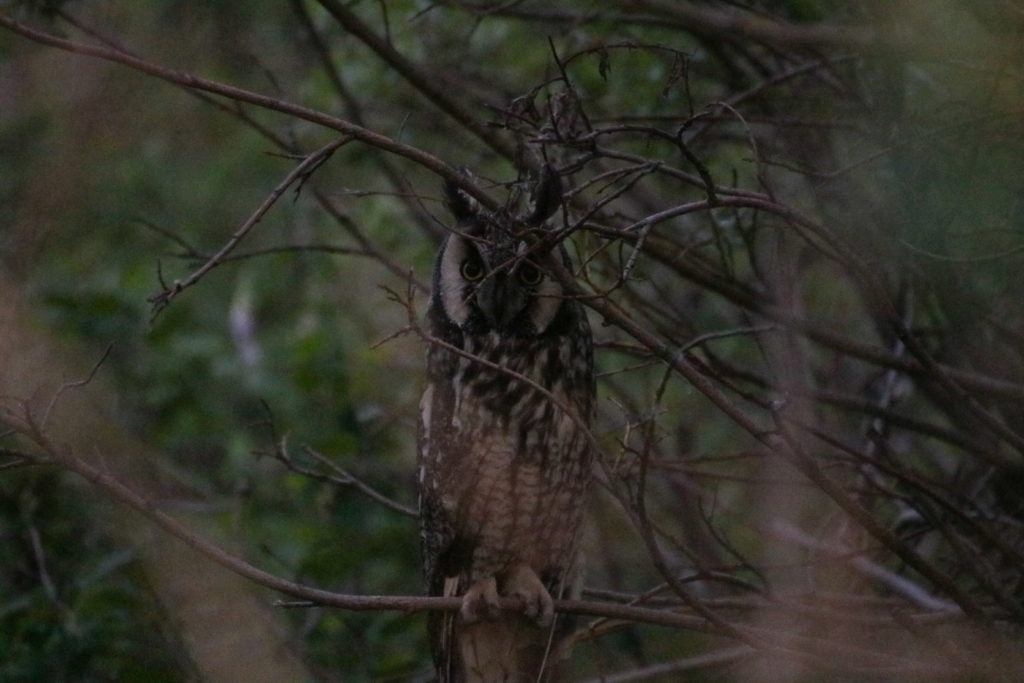
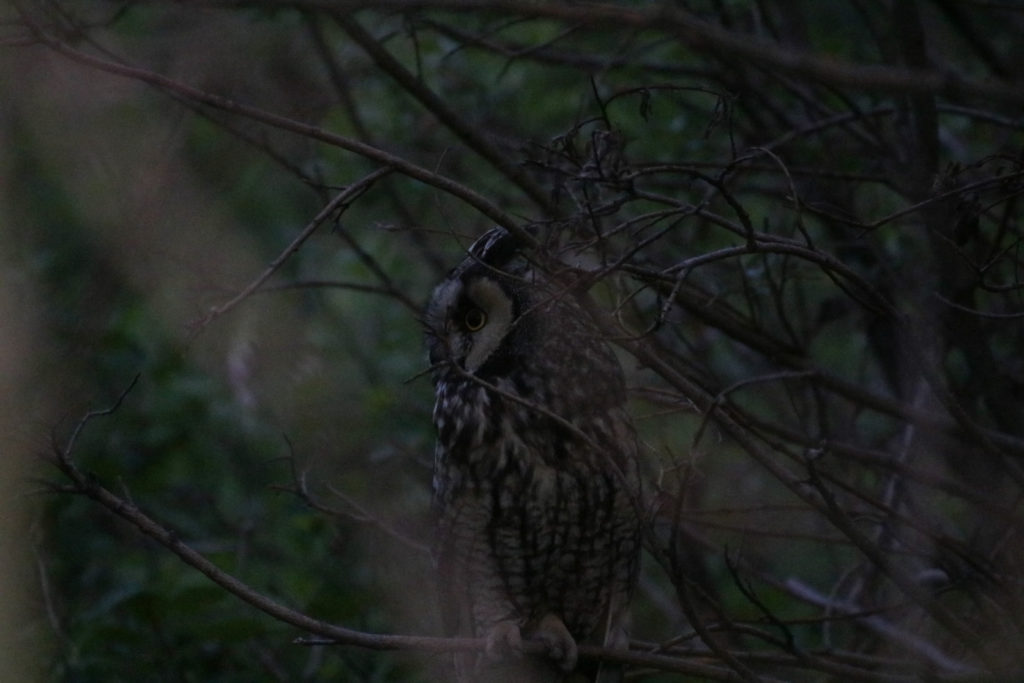
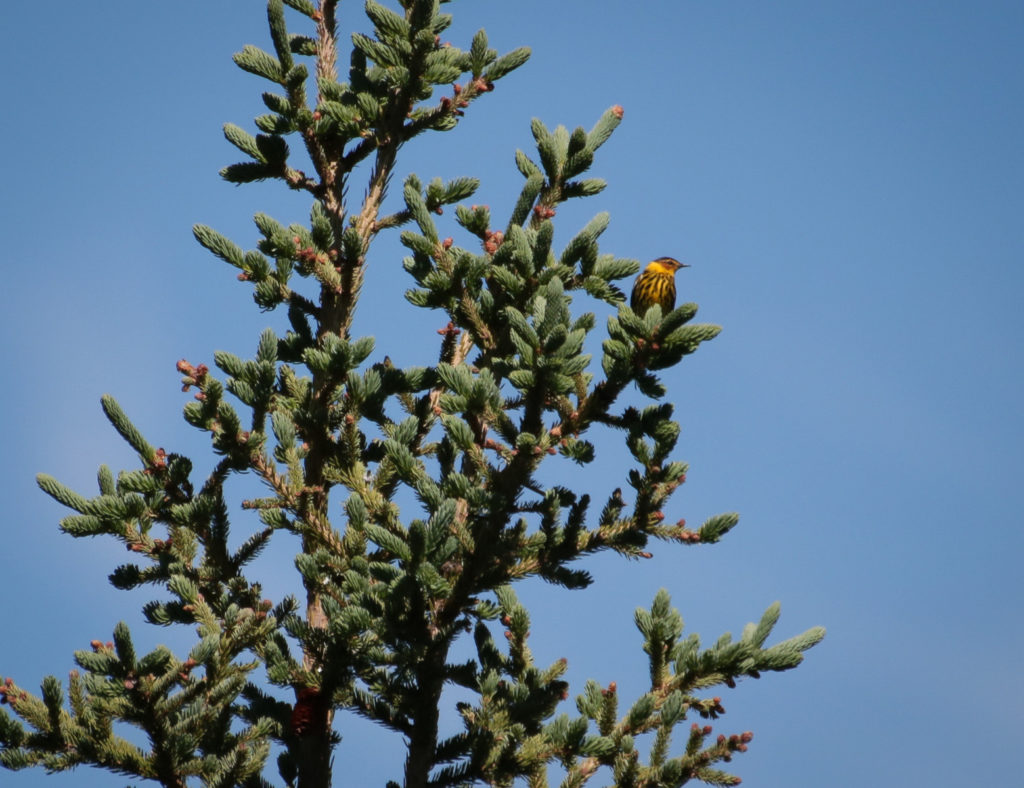
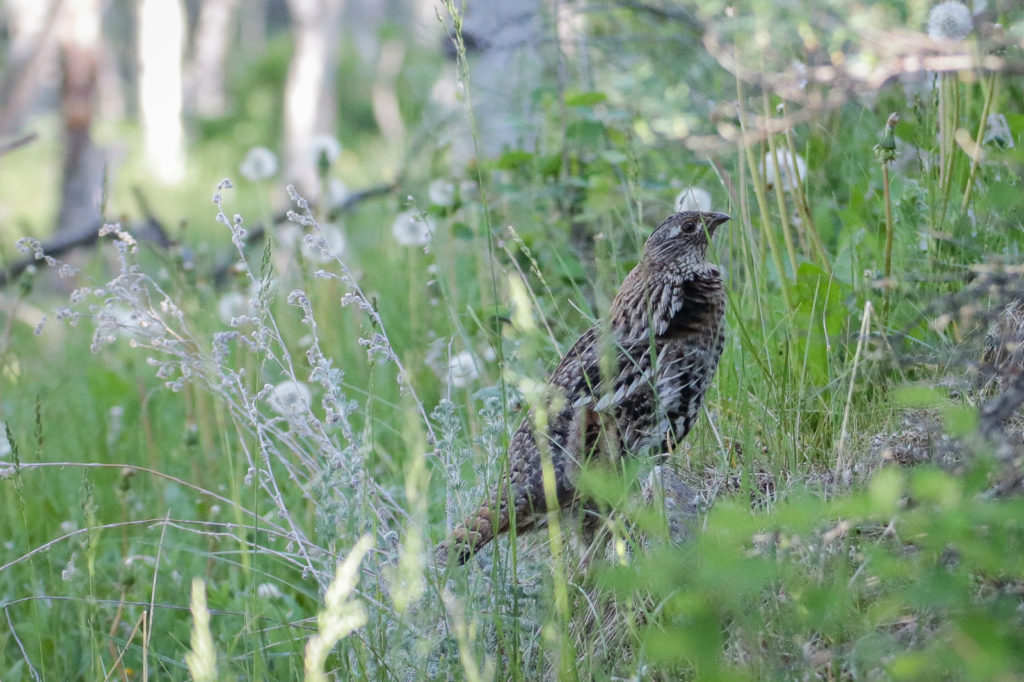
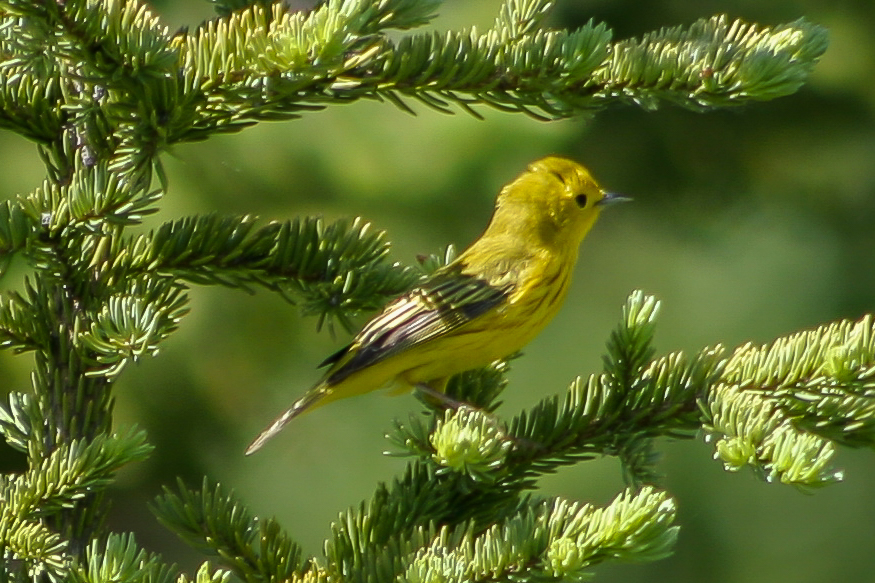
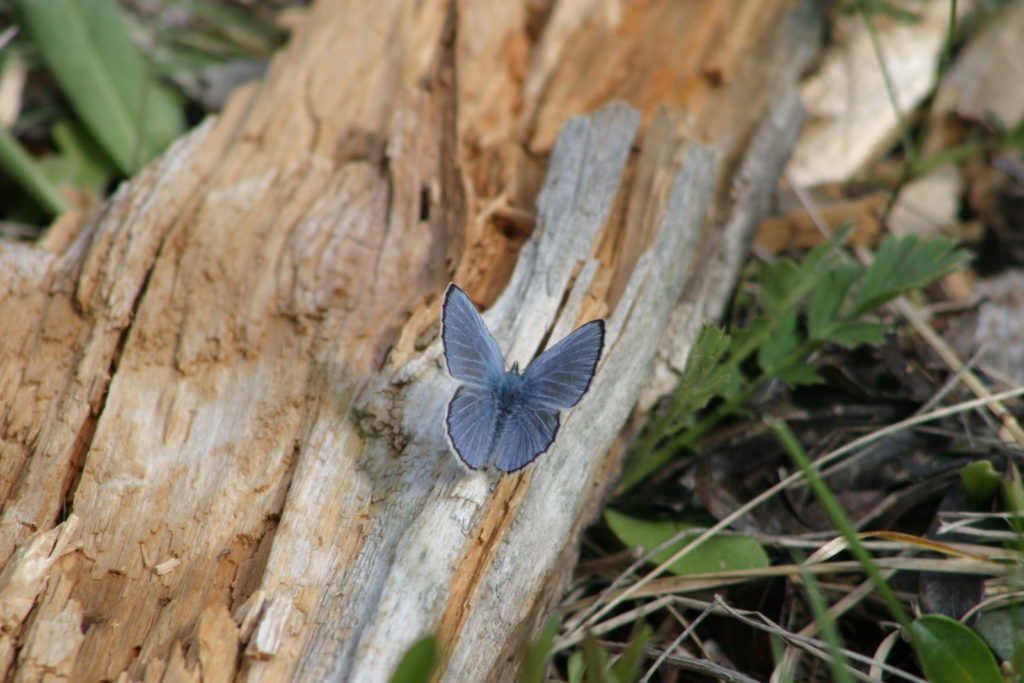
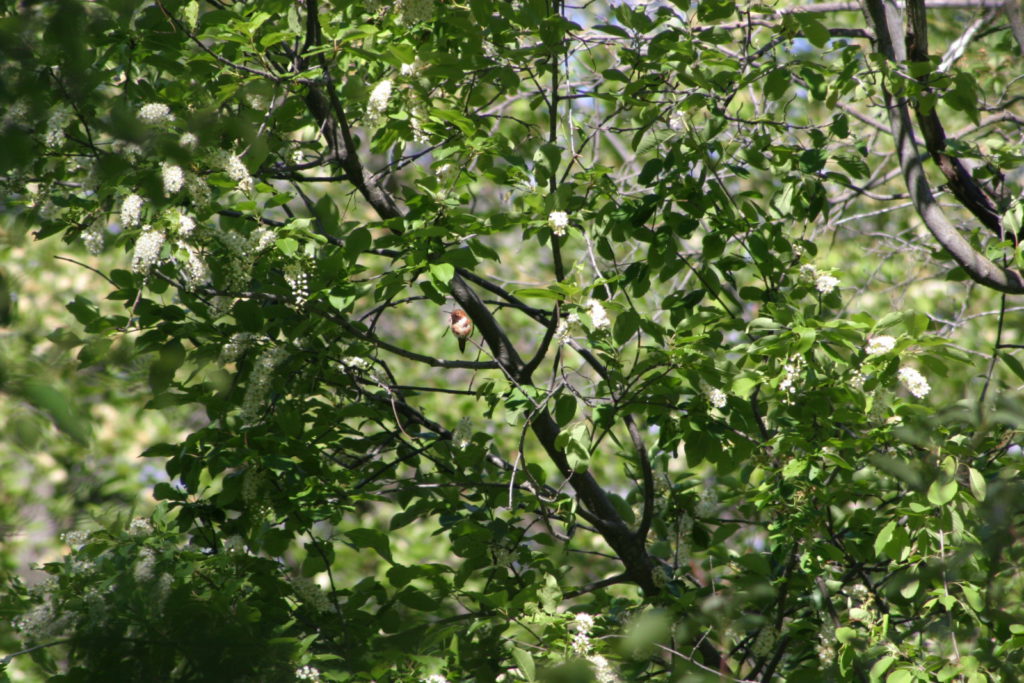
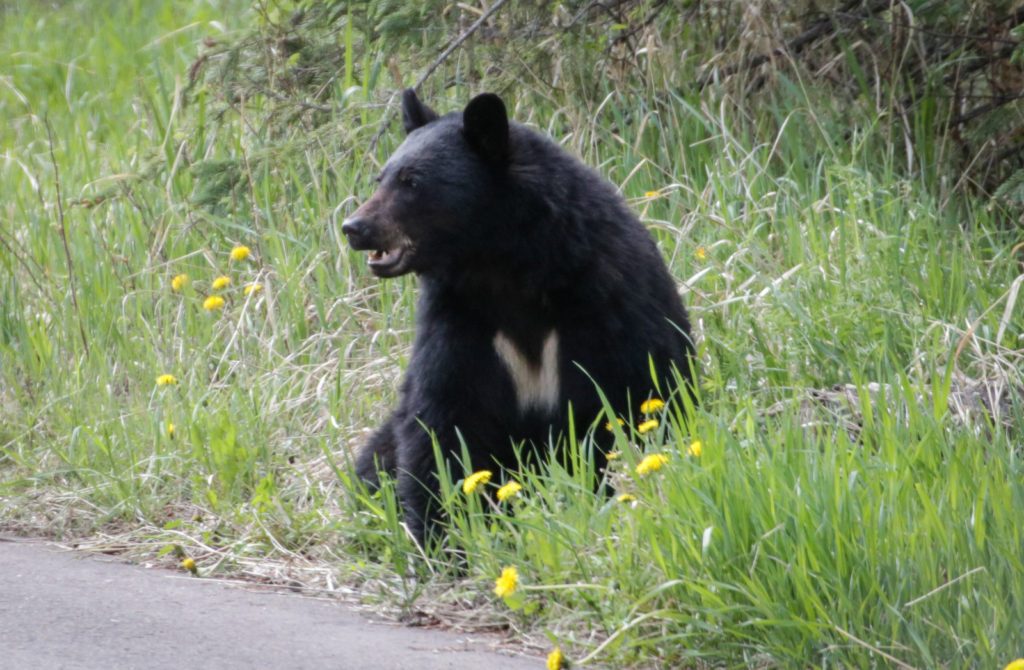
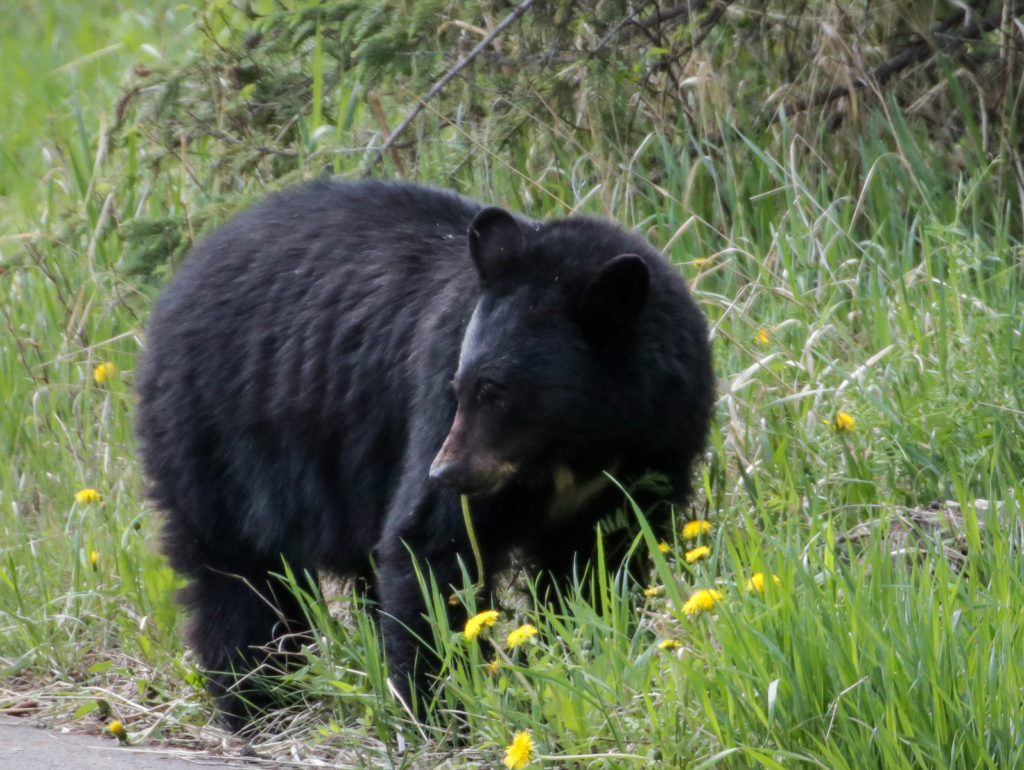
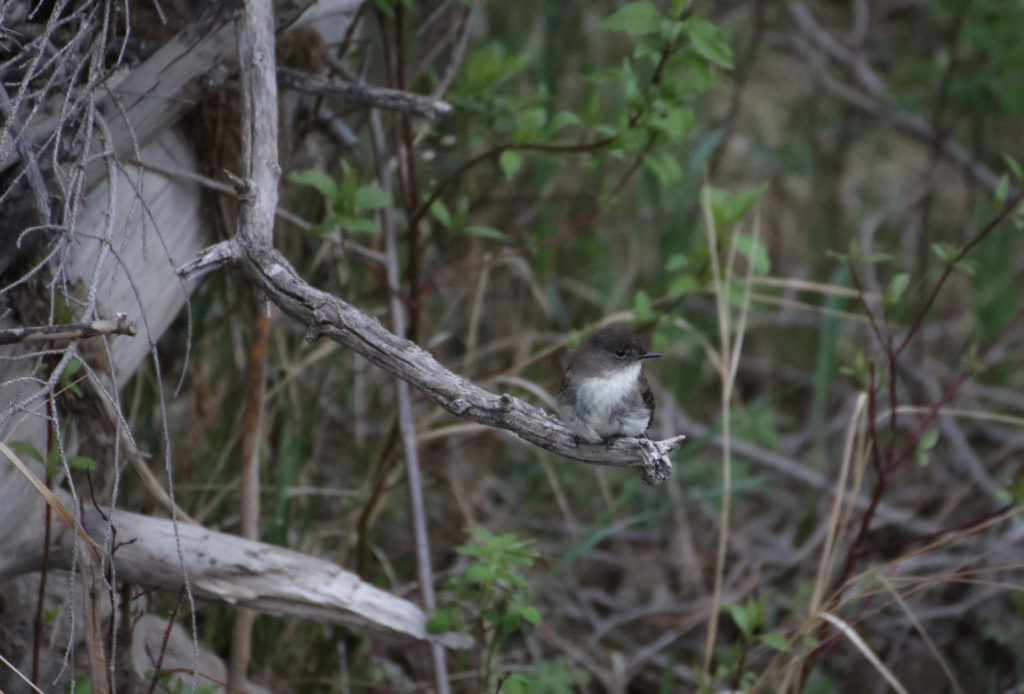
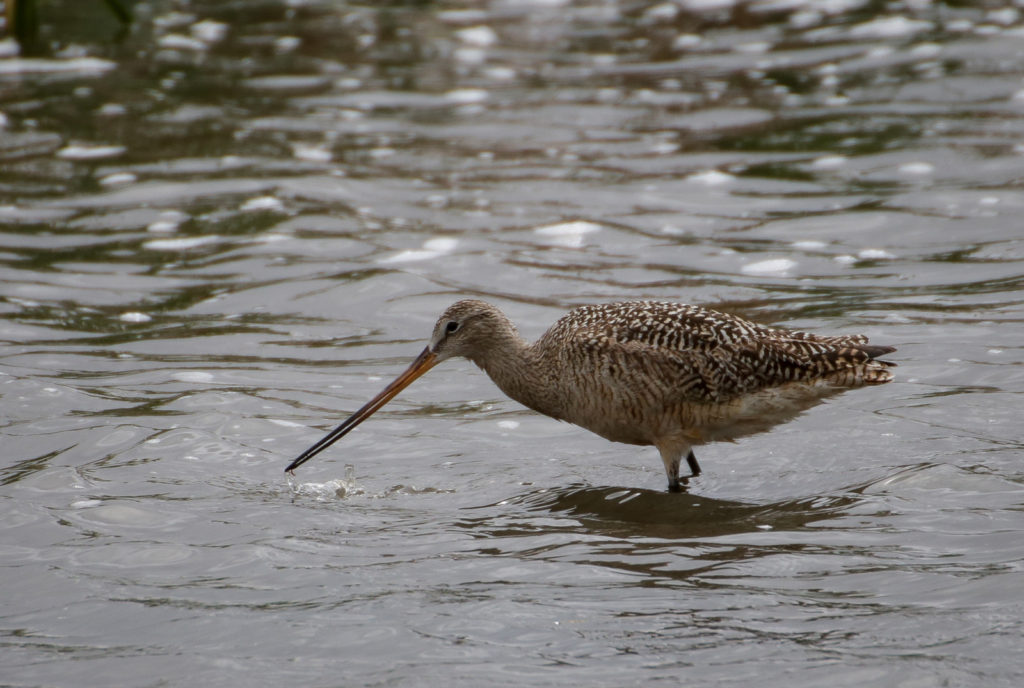
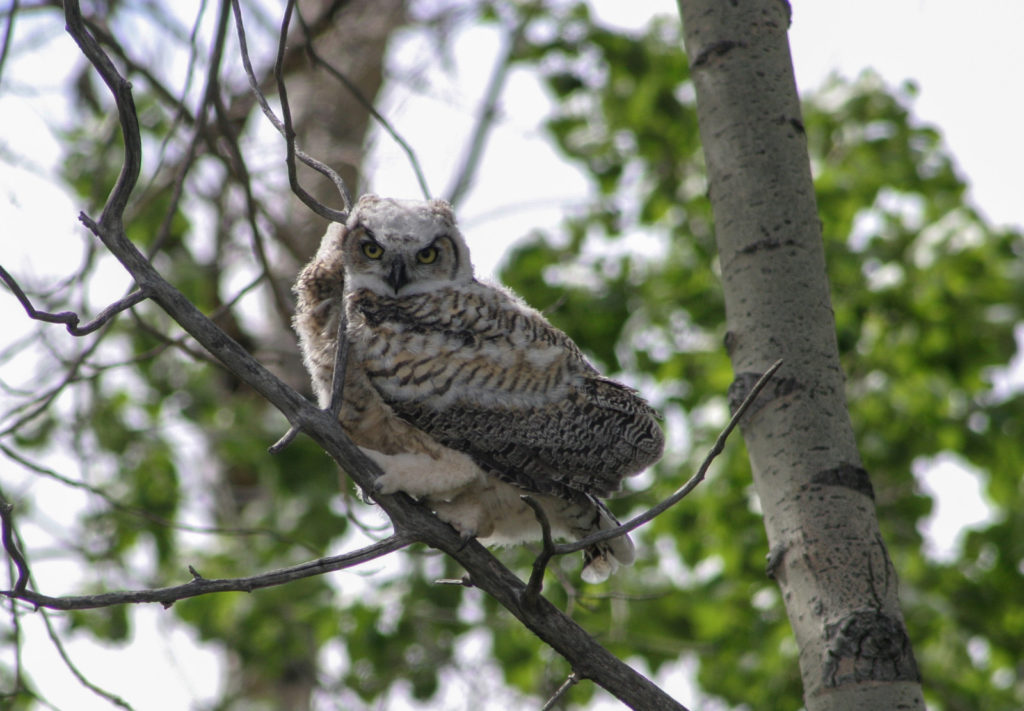
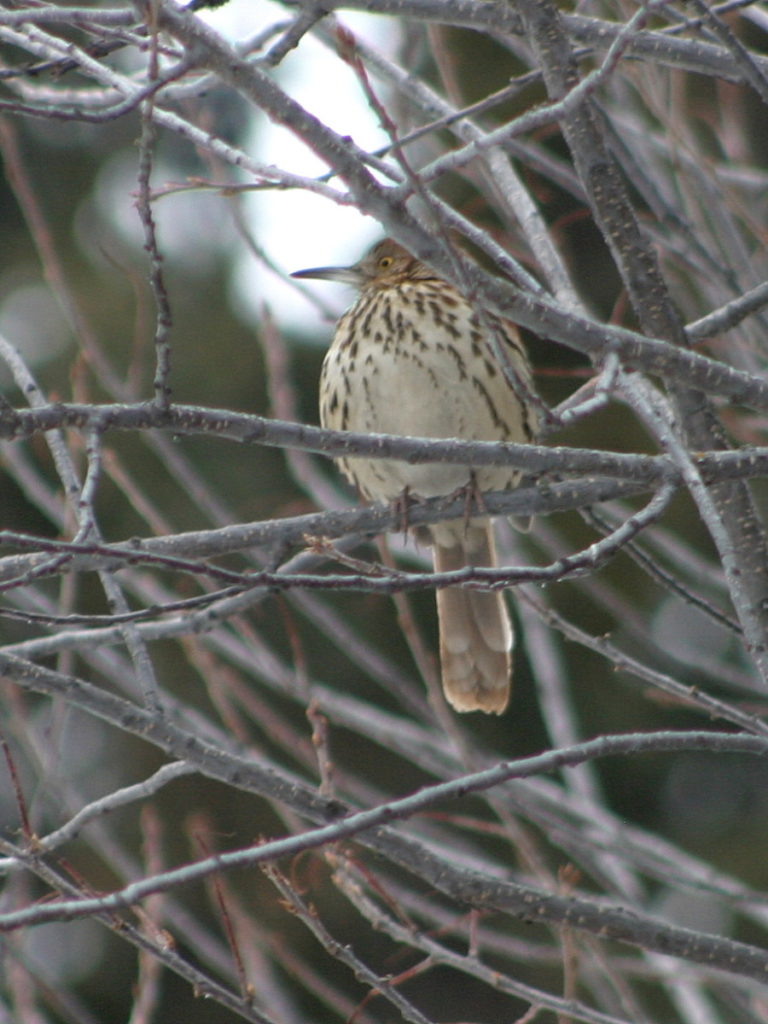
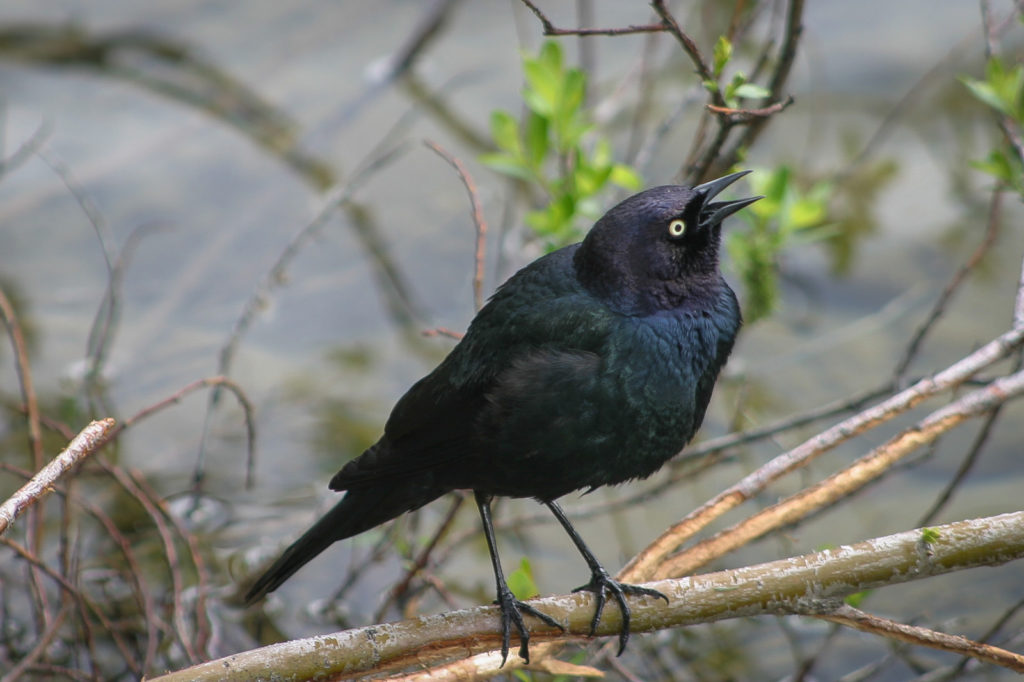
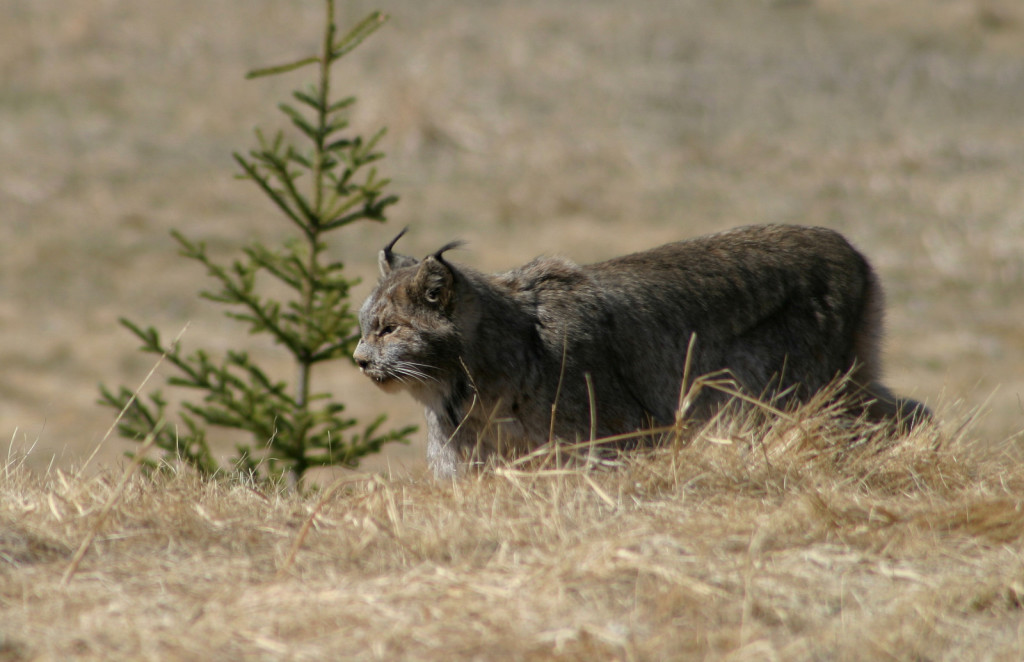
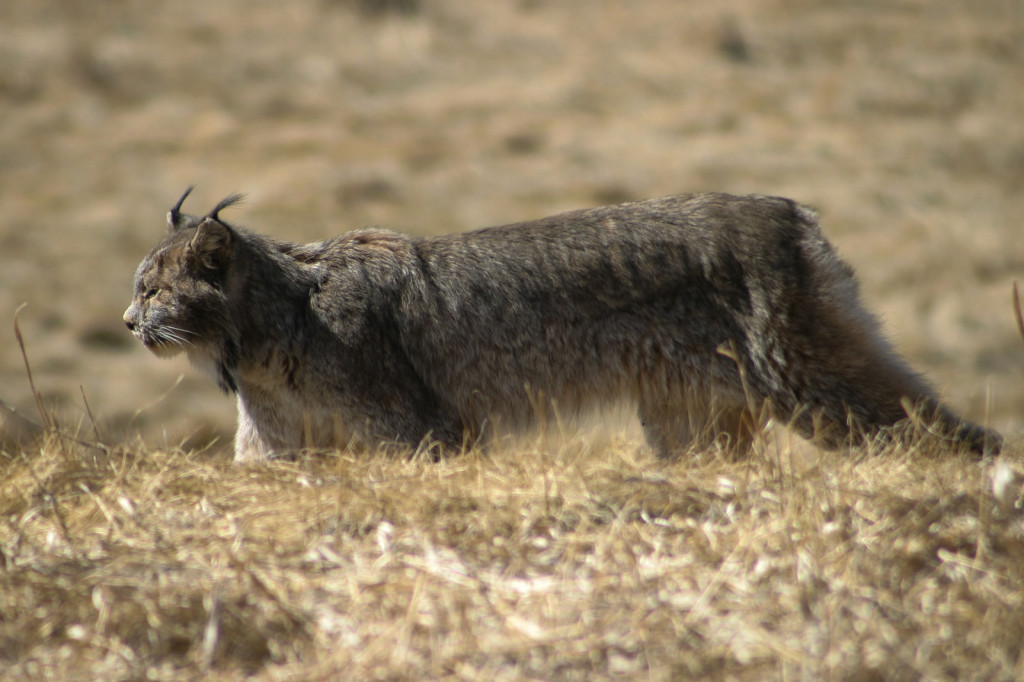
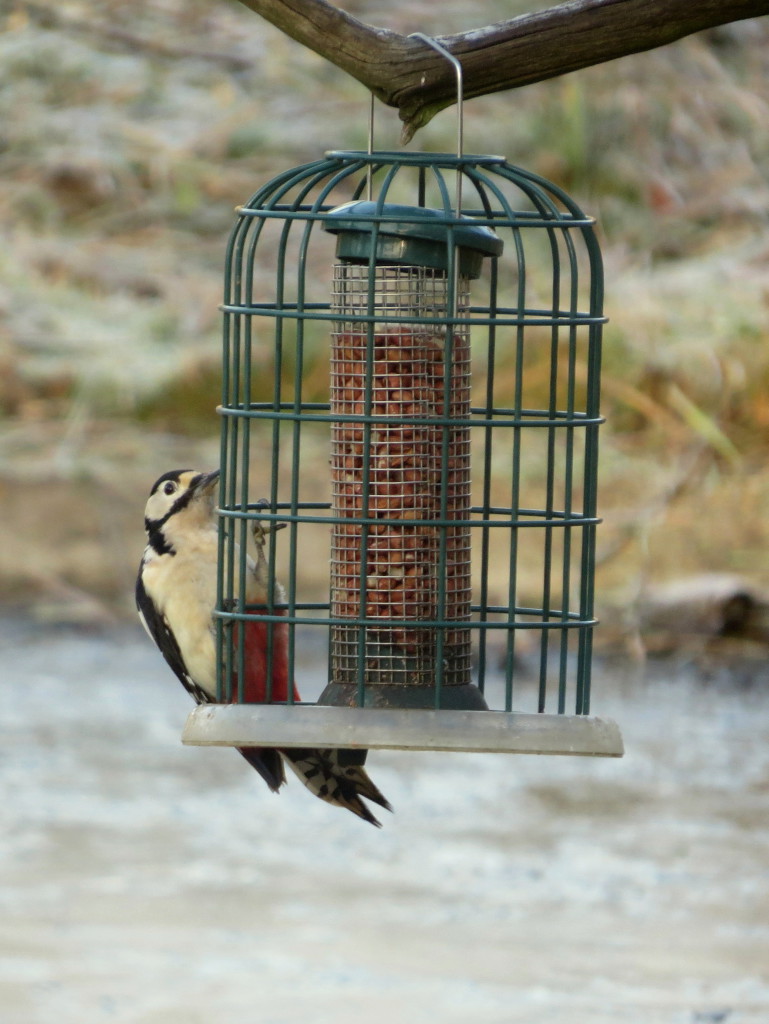
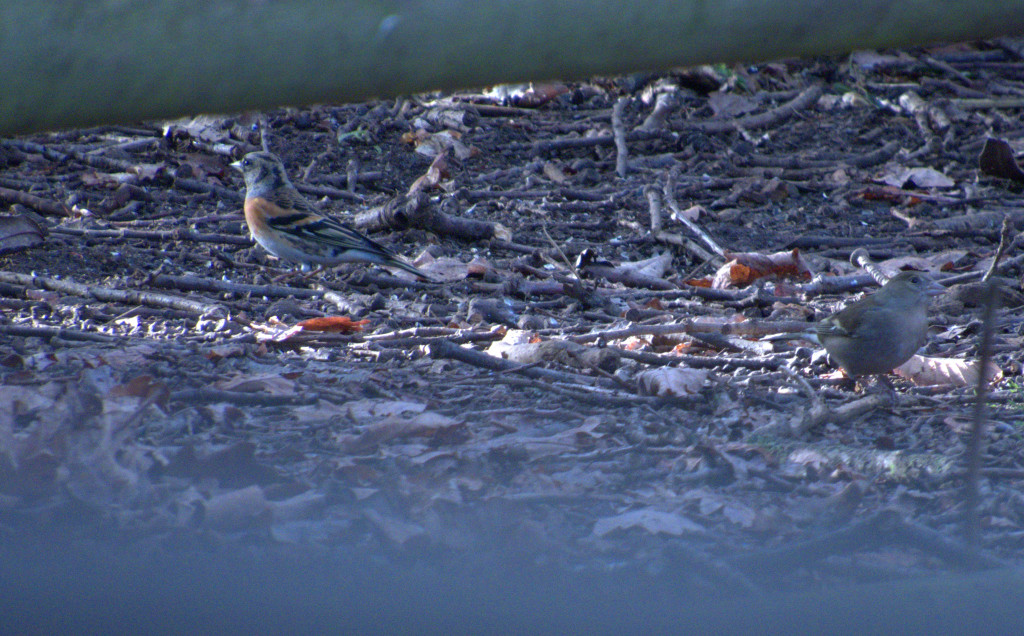
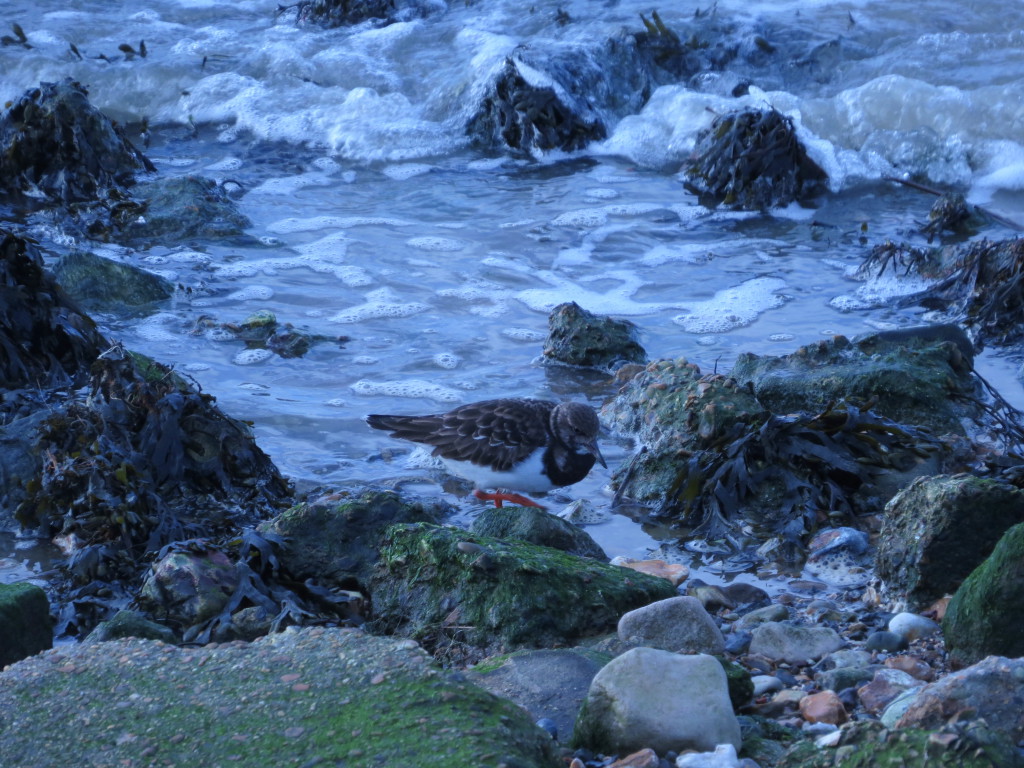
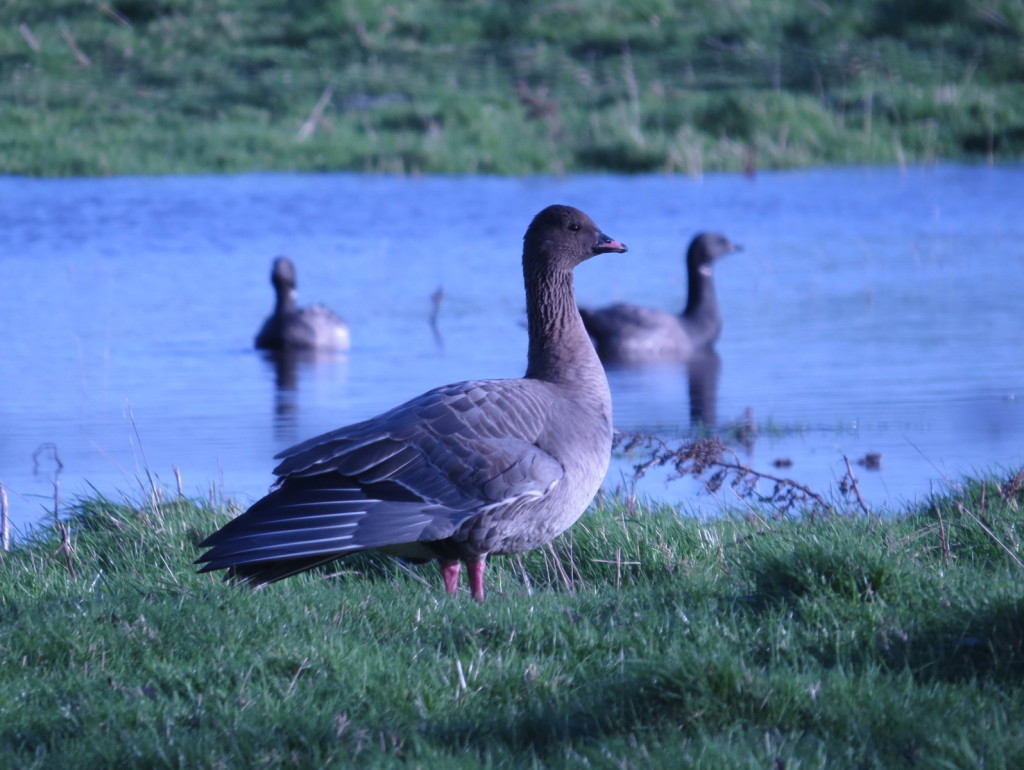
The Canmore Eagle Watch is a volunteer-run bird count targeting the Golden Eagle Migration. Everyday from late February to mid April and mid August to mid October. The purpose is to count all the migrating eagles and others that pass through our area.
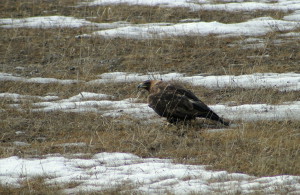
Last week, I was invited to join some of the people who were on duty on Thursday (April 7). I gladly accepted, and so it was that I was out of the door by 6:30 on the day. we drove to Hay Meadows, where the viewing point is, and were set up by 8:15.
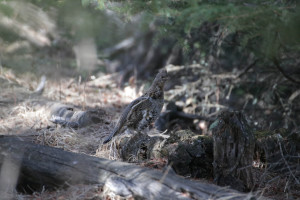
There were Varied Thrushes calling every 30 seconds, a pair of Golden-crowned Kinglets and a Northern Shrike among many others. We didn’t see an eagle until just past 11:00 , but on the two short walks I took that morning, I saw Mountain Chickadees, Black-capped Chickadees, Northern Flickers and a Ruffed Grouse on it’s drumming log.
At about 11:45, our main observer was checking the temperature a short distance away and I was scanning the skies when the third member of our trio tapped me on the shoulder and pointed behind me. As soon as I saw it, I was groping for my camera.
That’s right. A Lynx. Literally, a once in a lifetime experience.

That seemed to cost us some eagles, though, as by 7:00 we had seen only 3 Golden and 2 Bald, but, as soon as we had packed up our scopes, we started seeing them every 5 minutes! by the time we left (about 8:45), we had seen 7 more Goldens!
We ended the day having seen 10 migrant and 2 resident Golden Eagles, and 2 resident Balds. And of course, a Lynx.
My Mum had seen a Barn Owl. My most-hoped-for target species, seen by all of my family but the birders. That was annoying.
Cley dumped rain on us all of Wednesday, but we decided to go out anyway. As we drove down a small road in the dreary grey landscape, something lit up our hopes. Three minutes later, the pouring rain had put them out again.
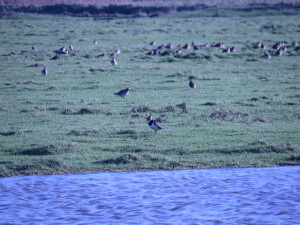
We had found a beautiful little collection of birds. Pity it was a private collection. There was a Smew, Harlequin Ducks, Mandarin Ducks, Red-crested Pochard and more. It was the Wood Duck and Snow Geese that tipped us off.
The day got better when we reached Blakney Point. At first our attentions were solely on holding the scope steady in the incessant wind, but soon enough we looked at something other than the churning waves. In the fields behind us were Lapwing and something else – European Golden Plover!
We took one last look at the sea, not bothering with the scope because of the wind. Then, twisting and turning, a sea duck whizzed past, hugging the water. Long-tailed Duck!
We drove back to Cley, to go to the visitor centre, hoping to find a map. It was closed until 9:30, so we drove around looking for Stiffkey Fen, but could not find it, so we returned to the centre and waited the five minutes until it was open.
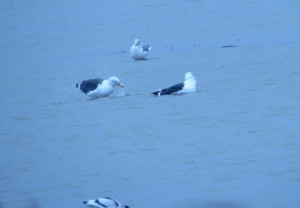
At the building, we found that we could sit inside and watch through some scopes they had there, with which we identified Brent, Shelduck, Tufted Duck and Avocet, to name a few. Eventually the rain lessened and we decided to walk out to the hides on the saltwater marshes themselves. We were hoping for Water Rail and Reed Bunting, neither of which we saw. There were, however, many Avocets, 5 types of Gull, Snipe and a Marsh Harrier.
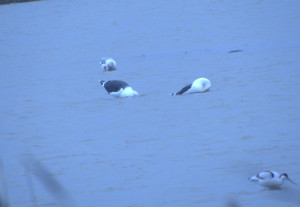
The light was fading by now, aided by the heavy clouds, so we searched around in the car a little more, finding only a drenched Pied Wagtail to end the day.
And so ended our second day in Cley.
Stick around for the third, and final post on my trip to Cley Marshes!
You can find the first post here.
Is the Ivory-billed Woodpecker extinct? David Sibley thinks so. Roger Tory Peterson didn’t. I don’t, either. Typical me, going against the biggest, best field guide out there.
Facts:
-The Ivory-billed lives in old forests, with swampy undergrowth.
-The male looks very similar to a male Pileated, but it has more white on the back and wings.
-The female is the same but with a black crest.
-Both sexes weigh in at around 500 grams.
-It eats insects, fruit and nuts.
-Last confirmed report, supposedly in 2003, but there have been unconfirmed sightings since.
So what do you think is the answer? Cast your vote in the comments.